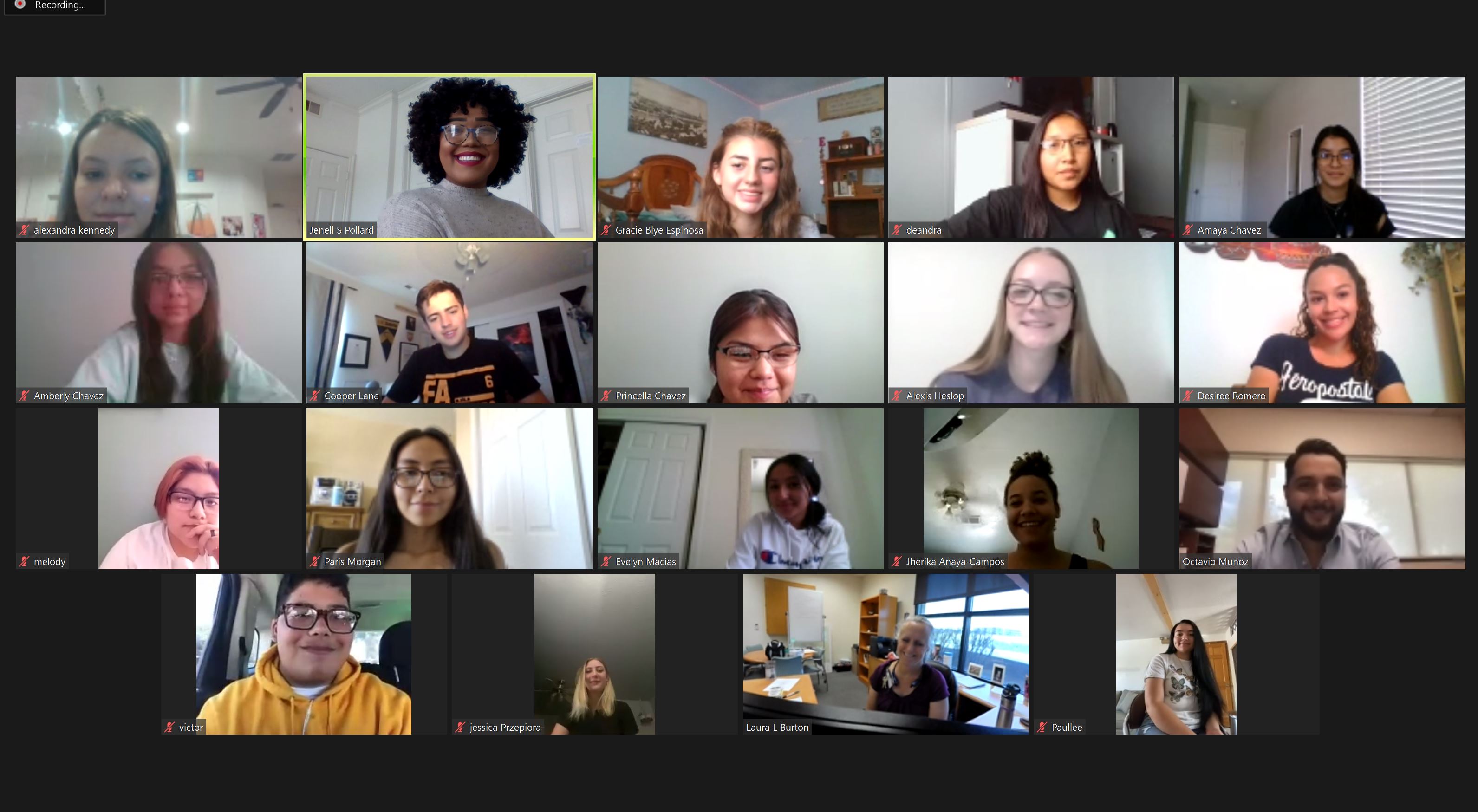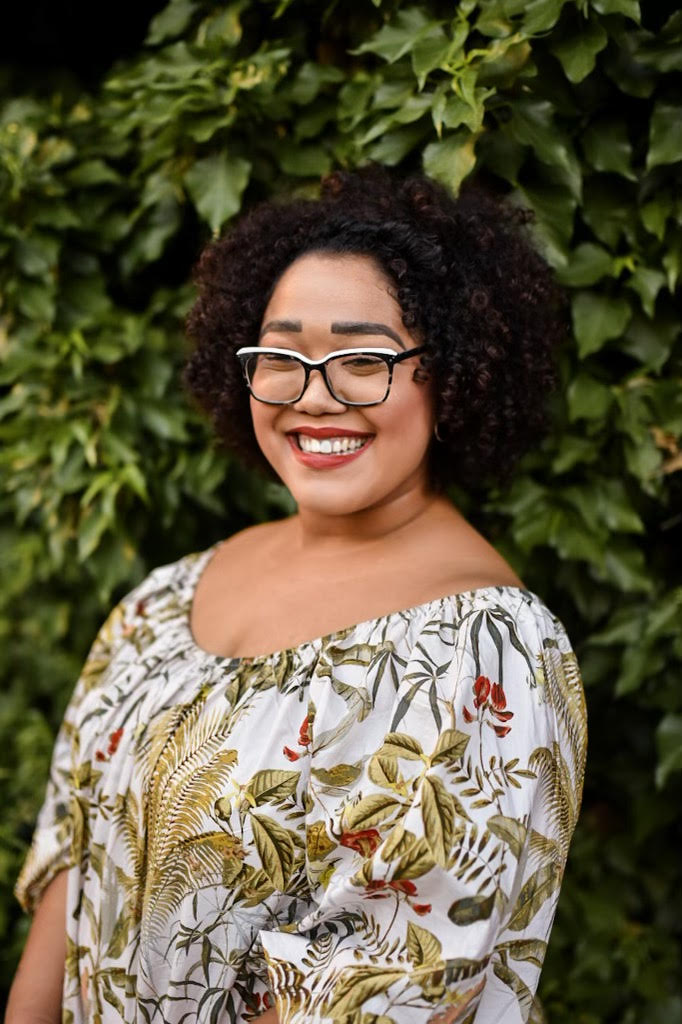Preparing for Disaster: UNM Hospital Participates in Region-Wide Emergency Training

Expanding Horizons
UNM Health Sciences Program Introduces High School Students to Health Care Careers
Quick! How many different jobs are in health care?
The list seems to grow endlessly after those first automatic thoughts of “doctor, nurse or physical therapist” come to mind. From careers as radiology techs to those involving artificial intelligence or accounting, there are a myriad of ways to specialize in the field.
At The University of New Mexico Rio Rancho campus, a summer program has been designed so that high school students can learn more about medical professions – even in the Age of COVID.
The program, known as the Health Careers Academy, began in the summer of 2019 for students beginning their sophomore and senior years. In those pre-pandemic days, students were able to shadow medical professionals at UNM Sandoval Regional Medical Center in Rio Rancho, ask questions about their interests and learn basic medical procedures.
Regular community field trips were also a part of the schedule, says Jenell S. Pollard, coordinator for the UNM Health Sciences Rio Rancho campus.
Students loved it. But then came COVID in 2020 and – on two weeks’ notice – the program changed to a virtual one.
After the 2020 session ended, the staff began brainstorming: if students were not allowed to go into the hospitals and capture experiences in real time, what would be a good alternative?
“The original program had lots of interpersonal interactions,” Pollard says. “Students could do service projects and shadowing at the hospital. It was almost like a job fair, with lots of information provided in a short amount of time.

We wanted them to still feel involved in the program and to have ‘a hands on’ experience even as they sat in the safety of their homes
“Over the last year we were able to brainstorm on how we could make the program as fulfilling as possible for students. We wanted them to still feel involved in the program and to have ‘a hands on’ experience even as they sat in the safety of their homes.”
One popular work-around was in providing students with a free resource bag including medical equipment such as stethoscopes, so students could participate in Zoom sessions, according to Laura Burton, PhD, associate director of business operations and facilities and one of the developers of the academy.
“With the ‘toolbox,’ the students were able to, for instance, use gauze and tape as they sat through a lecture on wound care and practice CPR on a CPR mannequin,” Burton says. “It was a good way to provide hands-on experience and by end of the sessions, they were certified in first aid and CPR due to their virtual experiences.”
Throughout the program the students heard from health care professionals about their daily lives. And they were able to ask questions ranging from how long a wait there might be to getting into nursing school to what it is like to work in an ICU.
The U.S. Centers for Medicare & Medicaid Services estimates health care accounts for close to 10 percent of today’s gross domestic product and predicts the sector will be one of the fastest-growing parts of the economy during the next 10 years.
With programs like the Health Careers Academy, UNM creators hope to give New Mexico students a head start in participating in that growth.